
baju laki Malaysian dress, Traditional outfits, Malaysian clothes
Malaysia is a country that boasts a rich cultural heritage, with diverse communities living together in harmony. The traditional wear of these communities is not only a reflection of their customs and beliefs but also showcases the beauty and uniqueness of multi-racial Malaysian culture.. In this article, we will explore the traditional clothes of Malaysia's different communities and the.

Malaysia Traditional dresses, Traditional outfits, Kebaya
The traditional attire for Malay men is the baju melayu. It consists of a loose long-sleeved top worn over trousers and a sampin, or short sarong wrapped around the hips. To complete the look, the Malay men wear a cap known as a songkok. Significance of the Tudung. A woman wearing tudung.
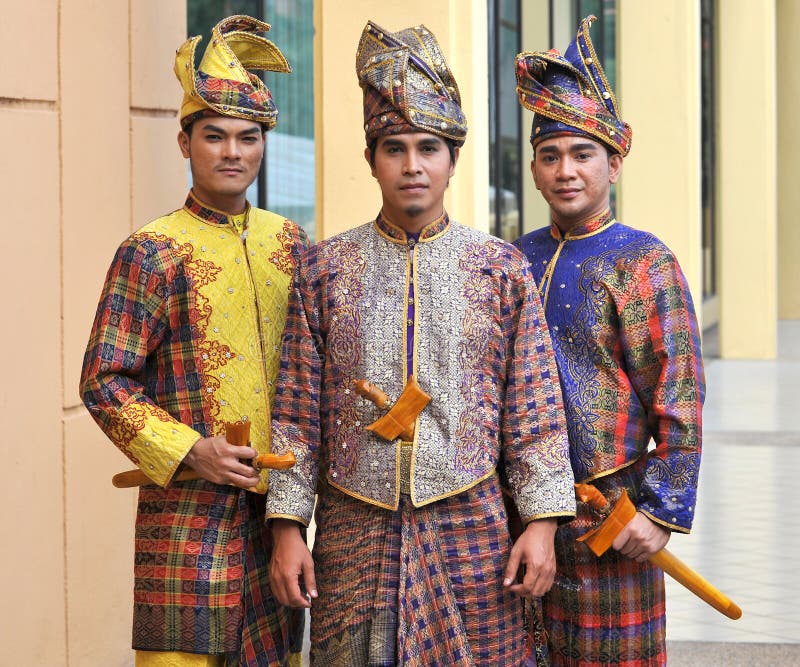
Baju Melayu editorial photography. Image of entire, dress 88685412
Baju Melayu ( Jawi: باجو ملايو) is a traditional Malay costume for men, originated from the court of Malacca Sultanate and is traditionally worn by men in Brunei, Malaysia, Singapore, parts of Indonesia (especially Sumatra and Kalimantan ), southern Philippines, and southern Thailand.

The Peranakan culture in Penang Traditional outfits, Malaysian clothes, Traditional dresses
Malay The Malay folk in Malaysia have several traditional clothes that are worth taking note of. When talking about Malay, it is important to know that Malays were not always Muslim. Islam is not always popular in this land of Malayans. So Malays have traditional clothes that they used to wear before and after their conversion to Islam. Baju Kurung

Traditional Malaysian Clothing Photos Cantik
The traditional attire of Malaysian Indian males usually includes a kurta, a lungi, a sherwani, or a dhoti. The kurta is a knee-length cotton or linen shirt. It is ornate, adorned with embroidery and patterns on the fabric. It is worn with baggy trousers. The kurta is a formal garment and the most popular one among Malaysian Indians.
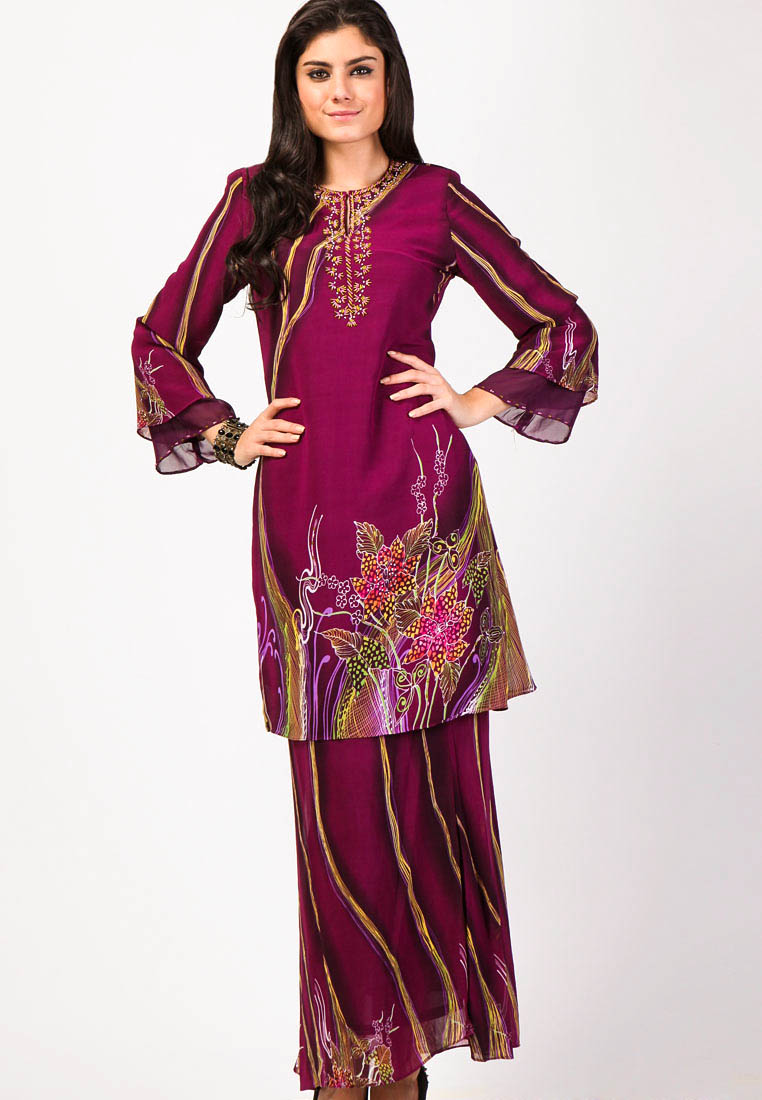
Elegance Traditional Beauty [Malay Traditional Clothes]
Traditionally, women wear two pieces of clothes; the lower one is wrapped around the hips covering lower parts of the body (hips, thighs, and legs) and is called as kain sarong, while the piece that is wrapped around the upper body (chest and torso) is called kain kemban.
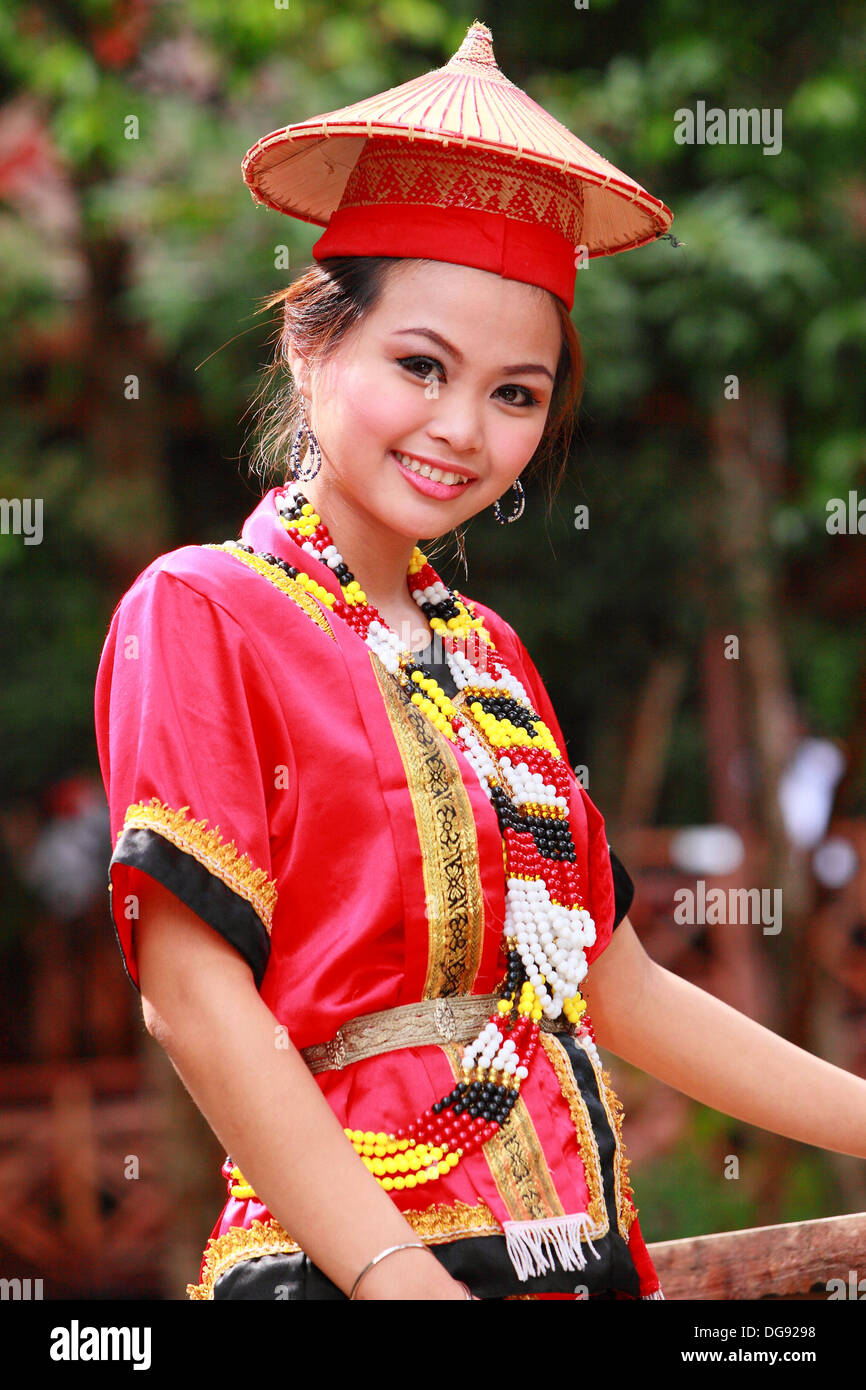
Traditional Malaysian Clothing
Since Malaysia is a multicultural nation: Malay, Chinese, Indian and hundreds of other indigenous groups of Malay peninsula and Borneo, each has its own traditional and religious articles of clothing all of which are gender-specific and may be adapted to local influences and conditions. Previously, traditional clothes were worn daily.
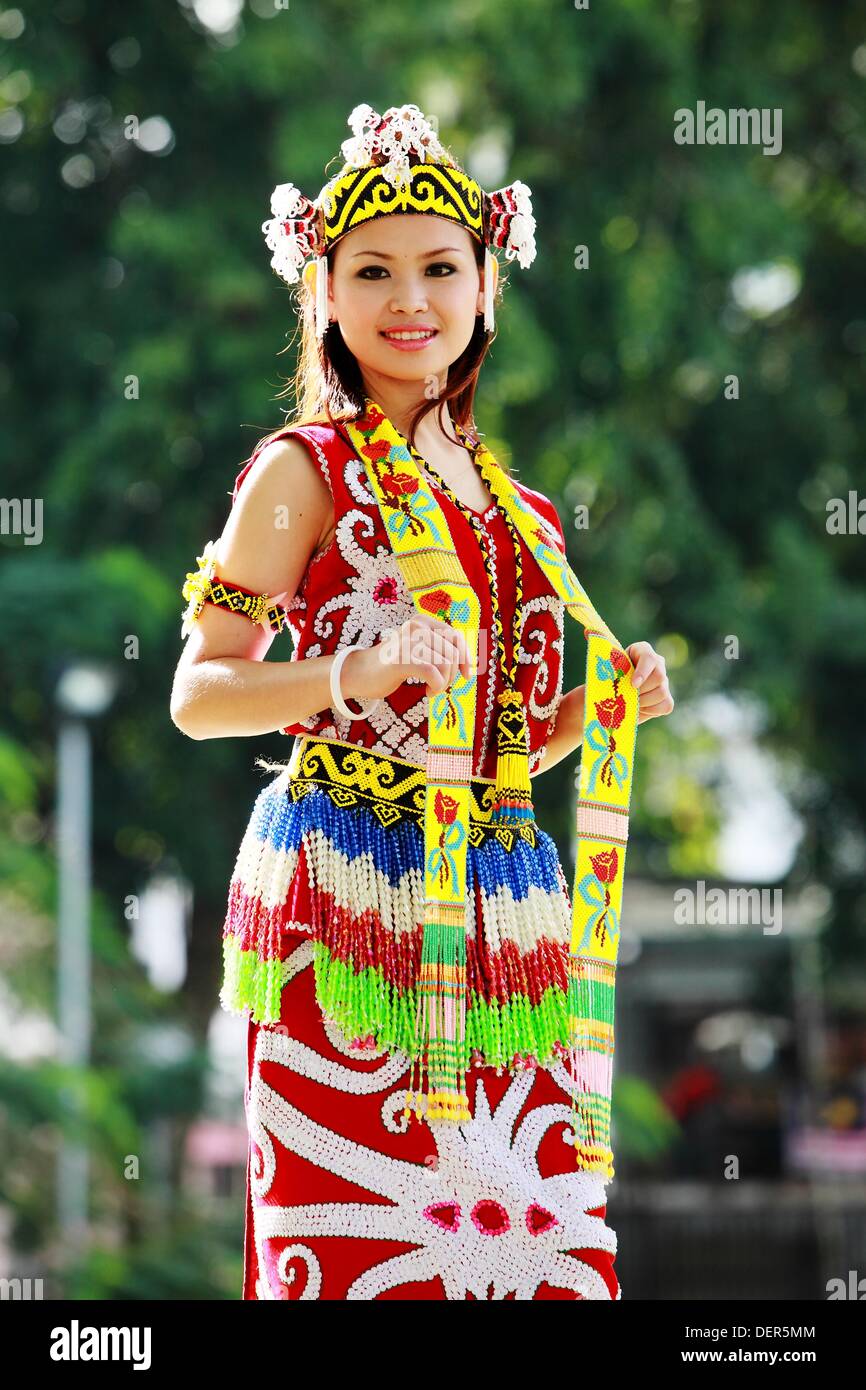
Women Dressed in Malay Traditional Costume, Malaysia Stock Photo 60745684 Alamy
Men: The traditional attire of Malay men is called baju melayu, which is a loose tunic paired with trousers and a sarong which is known as sampin. Men also wear the traditional hat, called songkok or kopiah with it. Some men prefer wearing batik shirts with trousers.

malaysian culture and customs Tracey James
, August 25, 2022 Traditional Malay Clothing: 3 Popular Styles To Try On There's no better way to convey the distinct identities and storied histories of the Malays than through their colorful, elaborate, and artful classic garments. So here, we'll give you a tour of traditional Malay clothing.

MALAYSIAN CULTURE MALAYSIA TRADITIONAL OUTFITS
The only difference from the men's clothing is their samping (tied in a Pahang way) and their way of wearing Tanjak. 8. Selangor. Selangor women's traditional wardrobe is simple yet very classy. They wore the Baju Kebaya Labuh Selangor or The Malay Dress where it's like a normal kebaya, but longer.

Pin on 1 Malaysia
The cap complements the traditional Malay attire consisting of colourful matching shirts and pants tied with a ceremonial waist wrap. But it's also a crucial part of military uniform too. The Malaysian Army's Royal Malay Regiment have worn the songkok cap since colonial days. Other versions of the hat exist in Indonesia, Singapore and parts.

Traditional Costumes In Malaysia / Clothing of Malaysians Akademi Fantasia Travel The baju
Some men tend to wear batik tops with slacks. Women: Kemban, which consisted of sarongs wrapped over the chest, was the ancient traditional dress for Malay women. Women's traditional dress is baju kurung, which consists of a knee-length, full-sleeved blouse and a long skirt called kain. One side of the skirt is pleated.

Portrait of Malaysian Native Man From Sabah Borneo in Traditional Costume. Stock Photo
Kain Songket MALAY TRADITIONAL OUTFIT Through this introduction, students/child will gain a better understanding of the types of Malay traditional costumes and accessories as well as how they look like. This activity would prepare students/child for the next few activities. *Slides with information are optional for the students/children.

Traditional Brides From Around The World Traditional bride, Traditional outfits, Bride
Baju Kurung ( Jawi: باجو كوروڠ) is a traditional attire of Malays and traditionally worn by women in Brunei, Indonesia, [1] Malaysia, Singapore and southern Thailand. This type of traditional attire is the national dress of Brunei and Malaysia.

JP Traditional Malaysian blockprinted handwoven songket Traditional outfits, Fashion
Credit: rejinahfashionrs on Shopee Baju kurung Pahang is a traditional Malay clothing that's usually worn on more formal occasions. Its origins stem from the relationship between the two states of Pahang and Riau, which is why it was initially known as b aju kurung Riau-Pahang.. Like the b aju kurung pesak, this style consists of a longer blouse hem that flares out towards the end.
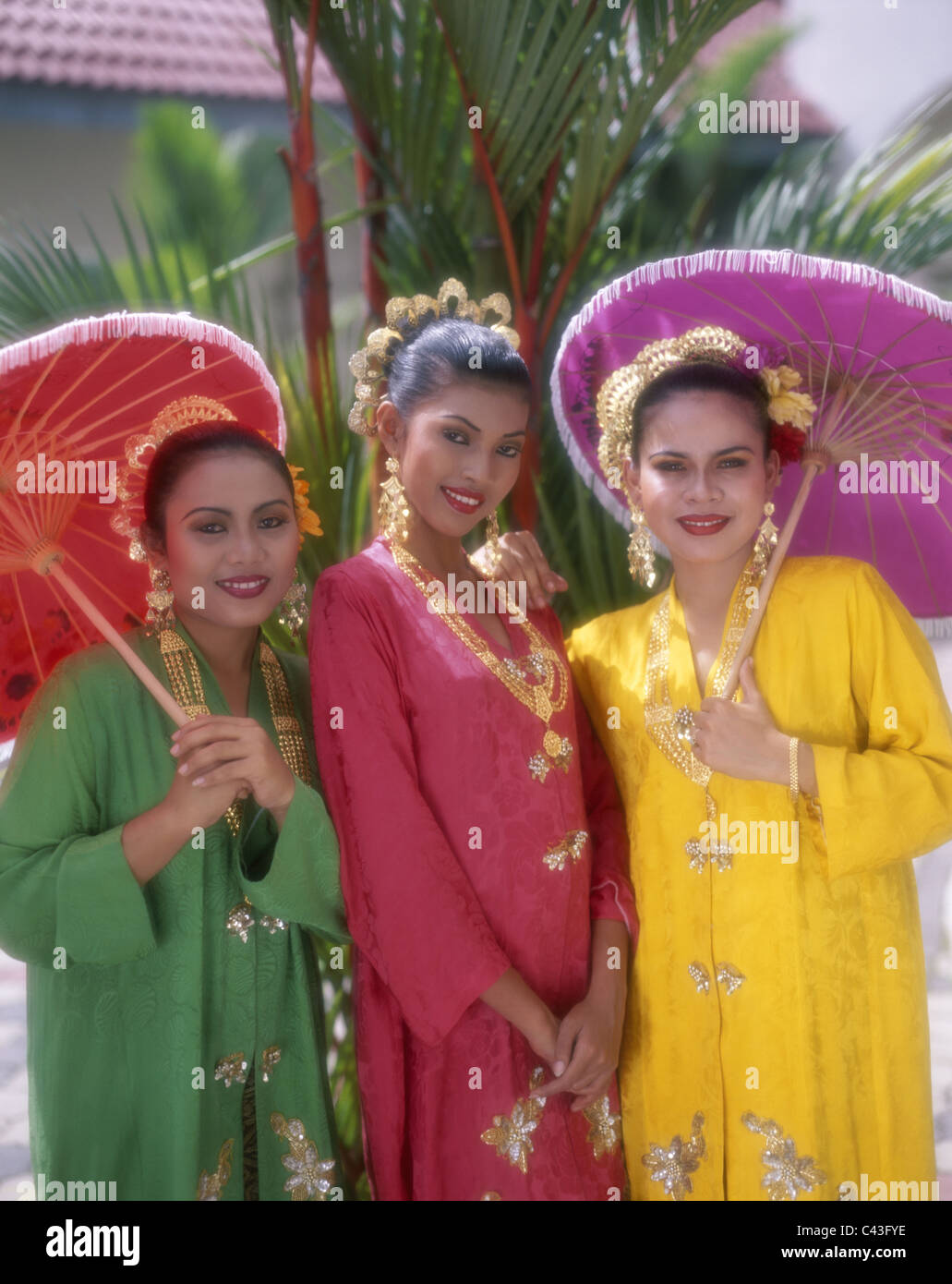
Malay traditional costume hires stock photography and images Alamy
Baju Kurung is a traditional Malay attire that has been a staple in Malaysia for generations. It is a loose-fitting, ankle-length dress worn by women, consisting of a long-sleeved blouse and a long skirt. This traditional dress is worn for various occasions, from casual outings to formal events like weddings and religious celebrations.